Mud, Microfossils, and the Anthropocene
A seminar held during Unearthing the Present
AC-CS #51308
Hidden as invisible stowaways, many organisms ride the tailwind of human movement across the globe. In particular, it is the translocation of tiny microorganisms that points to ongoing processes of globalization and the wholesale reconfiguration of ecosystems. Taking a comparative look at two heavily human-modified ecosystems in Northern California, this seminar explored the untold histories that microfossils can reveal about the introduction of non-native species and the Anthropocene.
Read MoreMud, Materiality & Microfossils seminar images
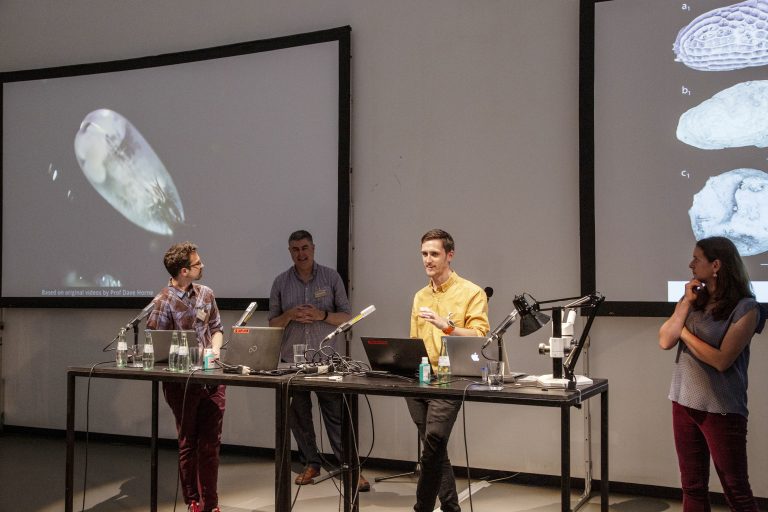
Searsville lithographs
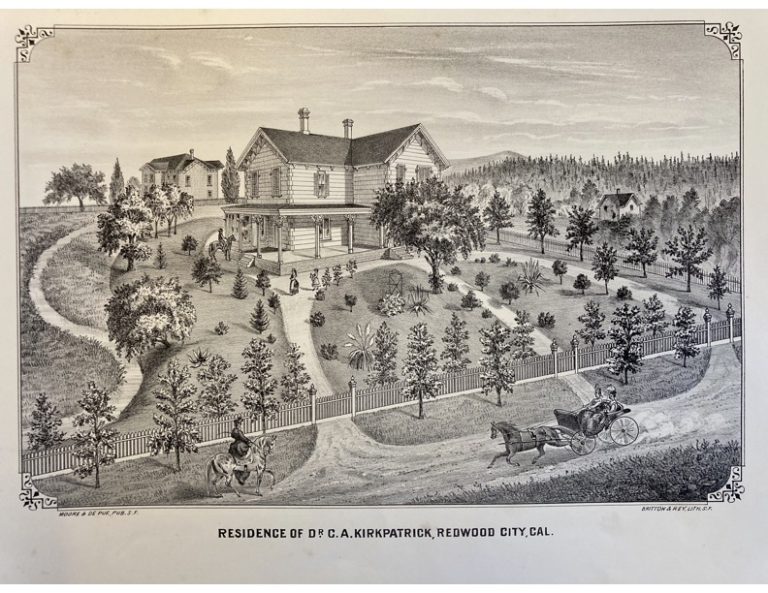
Historical Timeline for San Francisco Bay and Searsville Reservoir
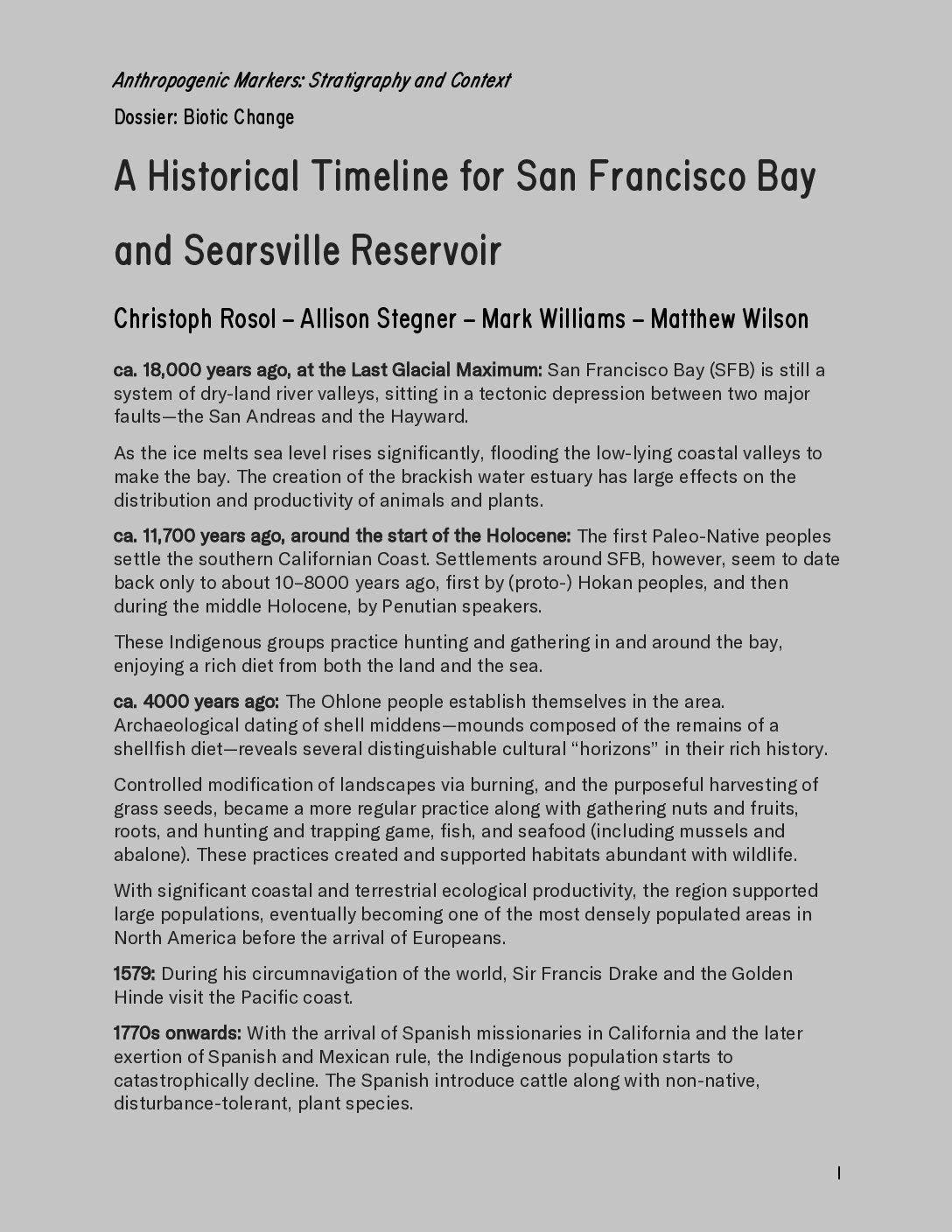
Ostracods are Proxies for Environmental Change
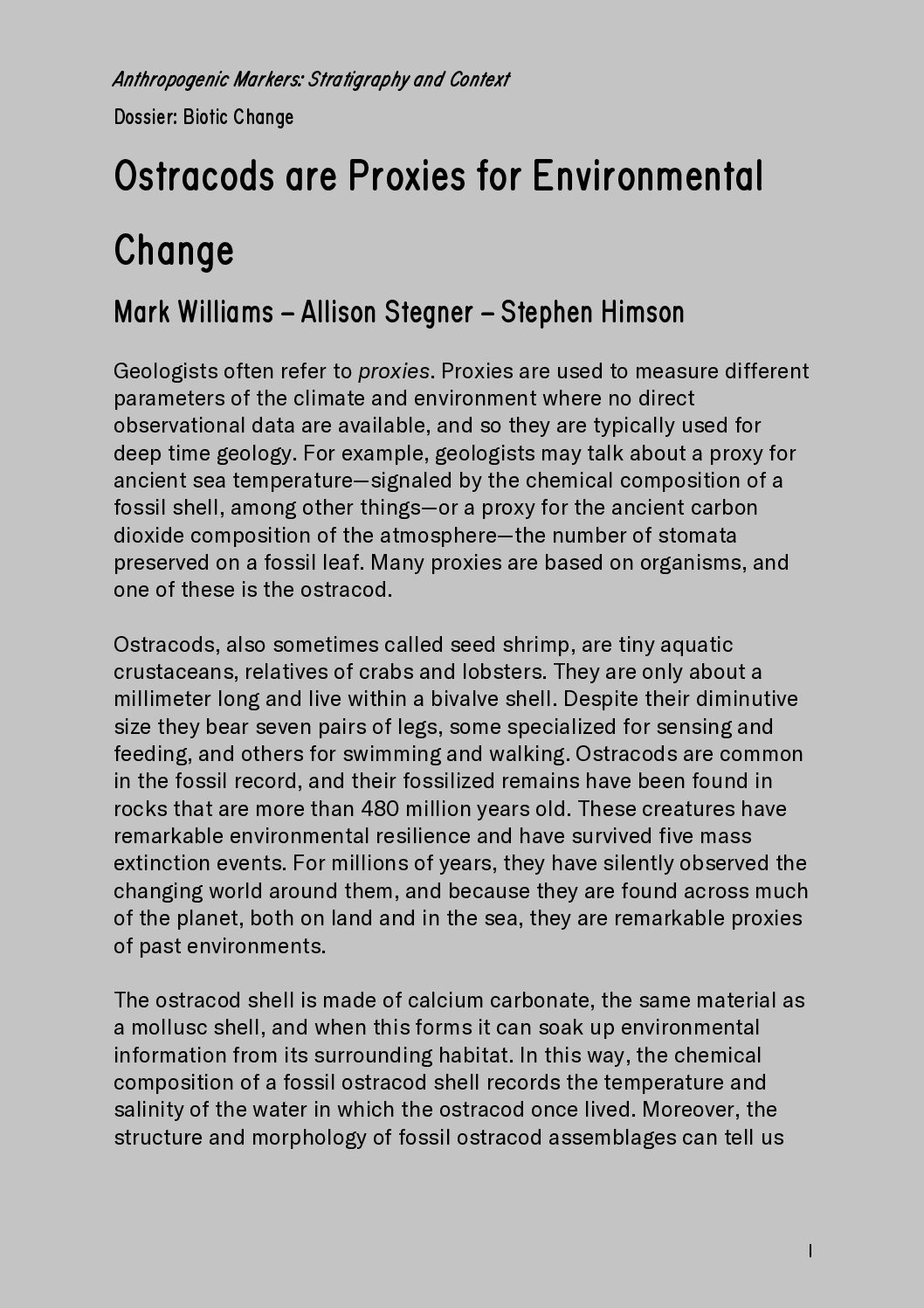
Ostracods locomotion
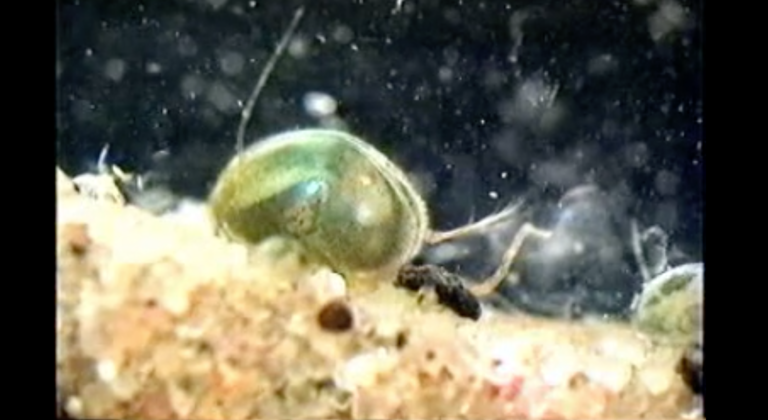
Ostracods brooding young
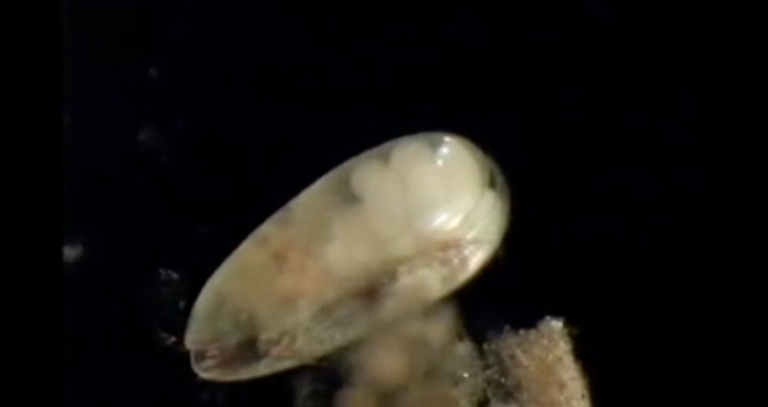
Ostracods moulting
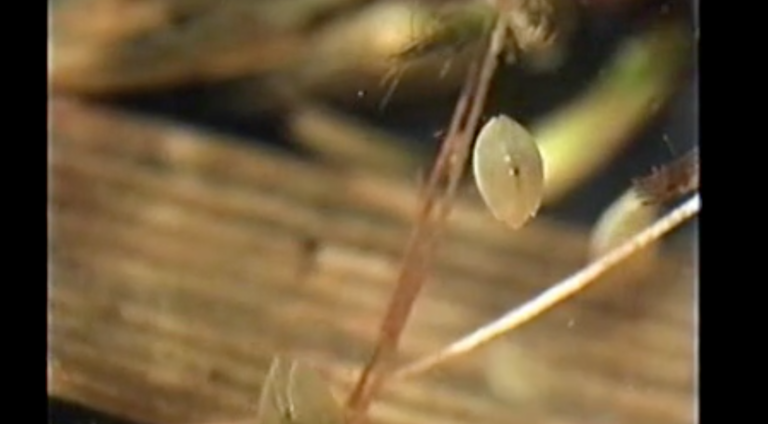
Scanning electron micrograph images of ostracods
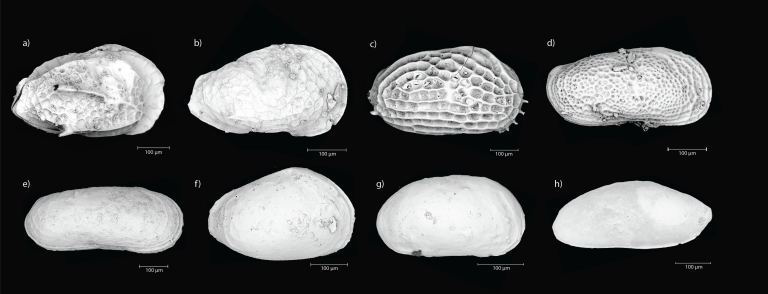
Mark Williams is a Professor of Palaeobiology at Leicester University. He studies the history of life on Earth over hundreds of millions of years. Most recently he has focused his work on examining the threat to the biosphere from humans.
Allison Stegner is a paleoecologist whose research synthesizes modern, historic, and deep-time records to study how species and ecosystems have responded to past environmental changes.
Matthew C. Wilson is an American artist, filmmaker, and researcher based in the Netherlands. In his films, sculptures, and installations viewers encounter a range of agents—mercurial materials, non-humans, intersubjective entities—entangled in natural processes and shape-shifting historical forces. Wilson is currently a tutor at the Sandberg Instituut in Amsterdam.
Stephen Himson is a researcher at the University of Leicester. His PhD thesis was entitled “Are neobiota a biological and biostratigraphical marker of the Anthropocene?” He has undertaken field work in San Francisco Bay and has expertise in biostratigraphy and microfossil processing.
Please cite as: Williams, M, A Stegner, M C Wilson and S Himson (2022) Mud, Microfossils, and the Anthropocene. In: Rosol C and Rispoli G (eds) Anthropogenic Markers: Stratigraphy and Context, Anthropocene Curriculum. Berlin: Max Planck Institute for the History of Science. DOI: 10.58049/n245-qe60
